
News Directory
How is the Insert Ball Bearing installed and fixed in different equipment?
1. Choose the appropriate installation position: Before installing the insert ball bearing, you need to carefully consider and select the best installation position. This decision usually depends on the design requirements of the equipment and the actual operating environment. The correct installation position ensures that the bearing can withstand the expected load during operation and is easy to maintain and repair. For example, in mechanical equipment, insert ball bearings may need to be installed in key positions of the spindle or drive device to ensure smooth and efficient operation.
2. Preparation: In the actual installation process, preparation is the first step to ensure a successful installation. This includes cleaning and inspecting the surface of the bearing seat or bracket. Any deposits, dirt or rust may affect the installation quality and long-term stability of the bearing. Cleaning the surface can use appropriate tools and cleaning agents to ensure that the surface is smooth, clean, and free of damage or unevenness.
3. Insert bearing: Insert ball bearings should be carefully installed into the pre-prepared bearing seat or bracket. During the insertion process, it is necessary to ensure that the bearing is fully aligned with the seat and there should be no rotation or shaking. This step requires workers to operate accurately and carefully to avoid problems caused by damage to the bearing during installation or incorrect installation position.
4. Fixing the bearing: After installation, fixing the insert ball bearing is a key step to ensure its stability and safety. Depending on the equipment design and operating requirements, different types of fixing methods can be used, such as bolts, pins or nuts. These fixing devices not only ensure that the bearing is firmly fixed in place, but also can withstand the vibration and load when the equipment is running.
5. Adjustment and alignment: After the fixing is completed, the bearing needs to be adjusted and aligned. This includes adjusting the position of the bearing seat or using adjustment devices to ensure that the bearing can maintain the best working condition and performance during operation. Proper alignment can reduce the wear and energy loss of the bearing, extend its service life and improve the overall efficiency of the equipment.
6. Lubrication and sealing: After installation and fixing, the insert ball bearing needs proper lubrication and sealing to ensure its normal operation and long-term reliability. Selecting the right lubricant is a key factor in preventing overheating and wear of the bearing during operation. In addition, the seal needs to ensure that the inside of the bearing is not affected by the external environment, such as dust, moisture or chemicals, thereby protecting the internal structure of the bearing and the spherical surface of the bearing from damage.
7. Testing and commissioning: After installation, comprehensive testing and commissioning are required. This includes checking the bearing's running sound, temperature, vibration and other indicators to ensure that the bearing can operate normally under various working conditions. If any abnormalities or problems are found, timely adjustment and correction are key steps to ensure equipment safety and efficiency.



 English
English 中文简体
中文简体 عربى
عربى
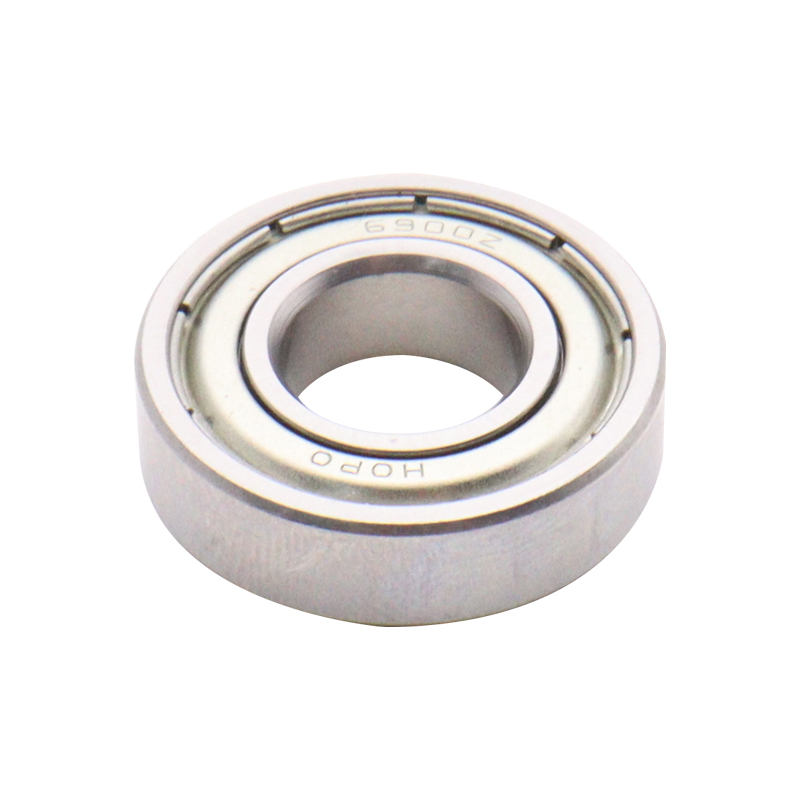
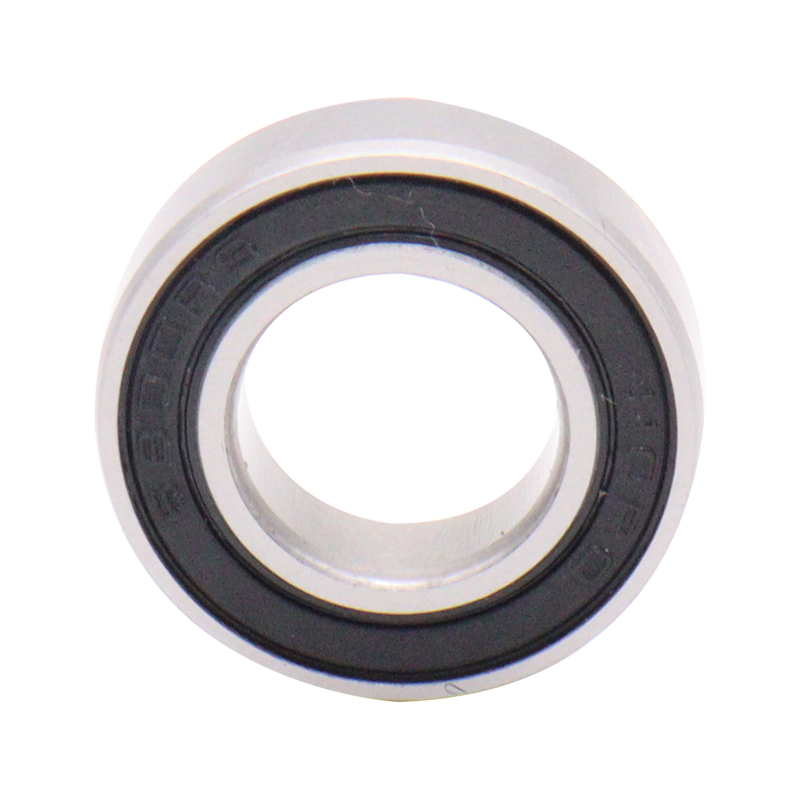
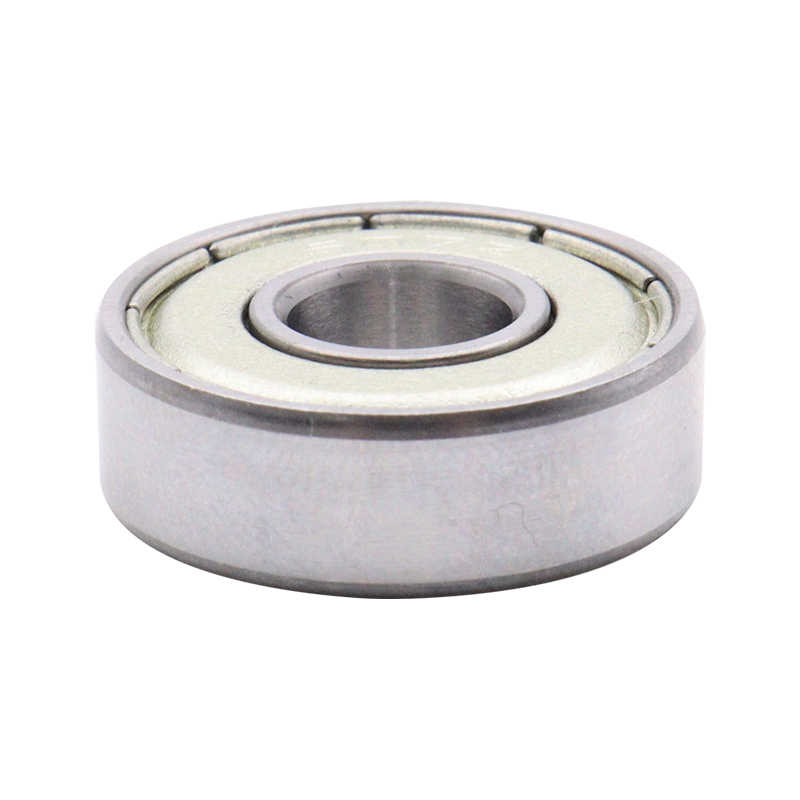
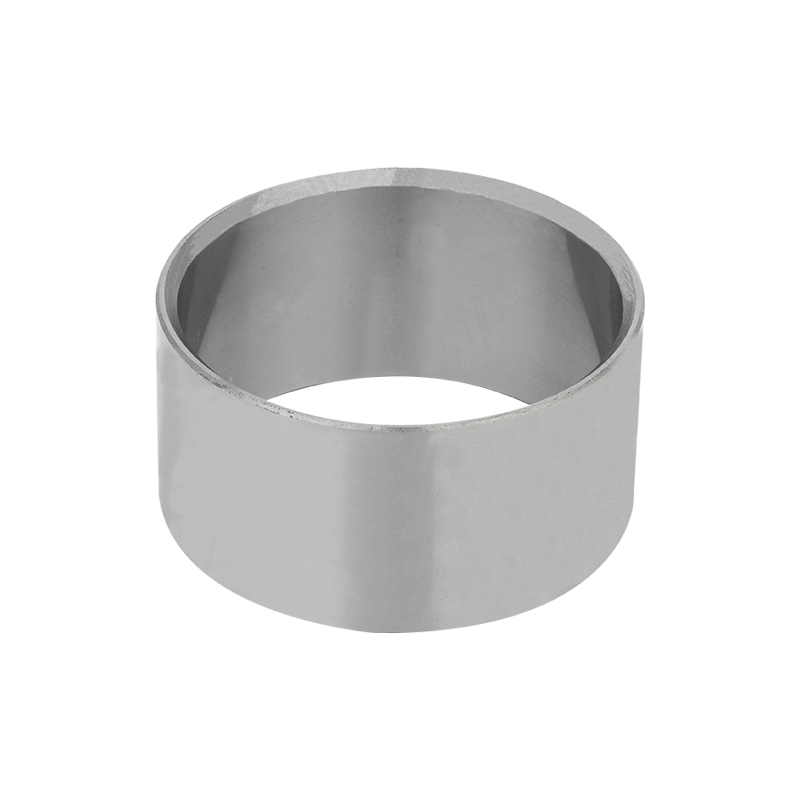
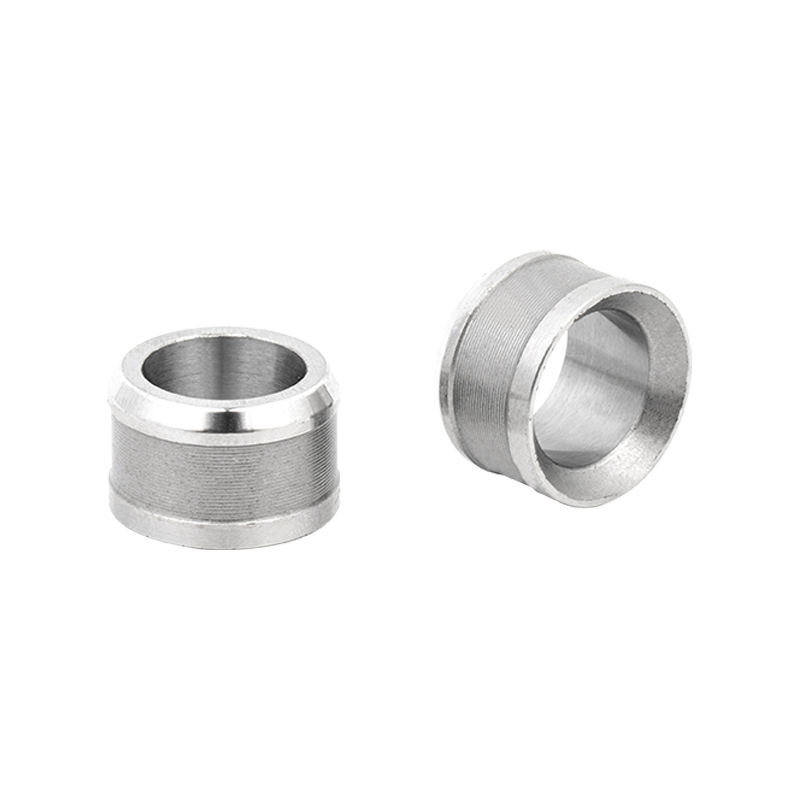
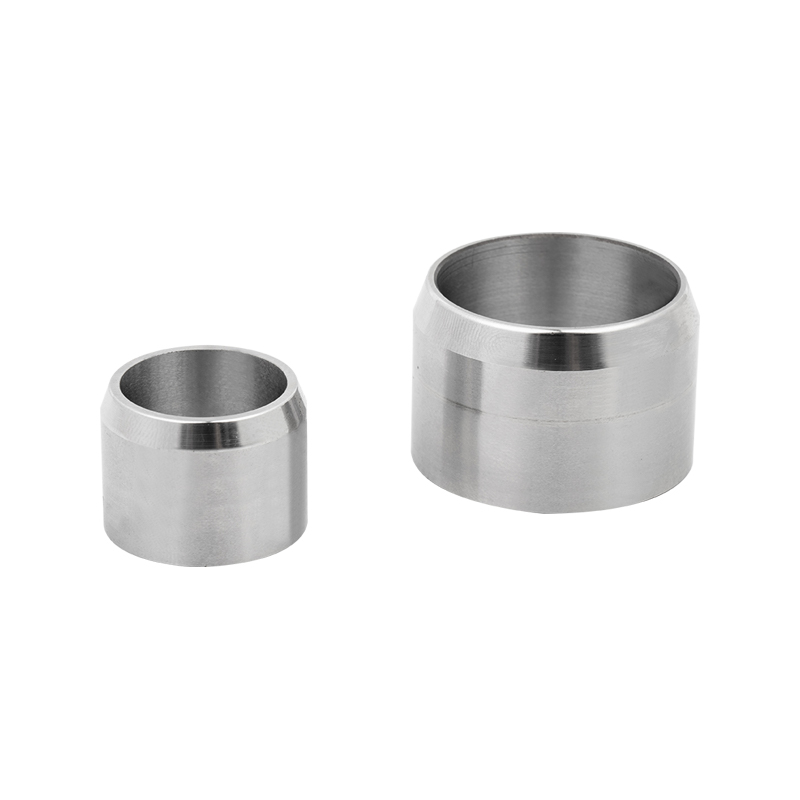
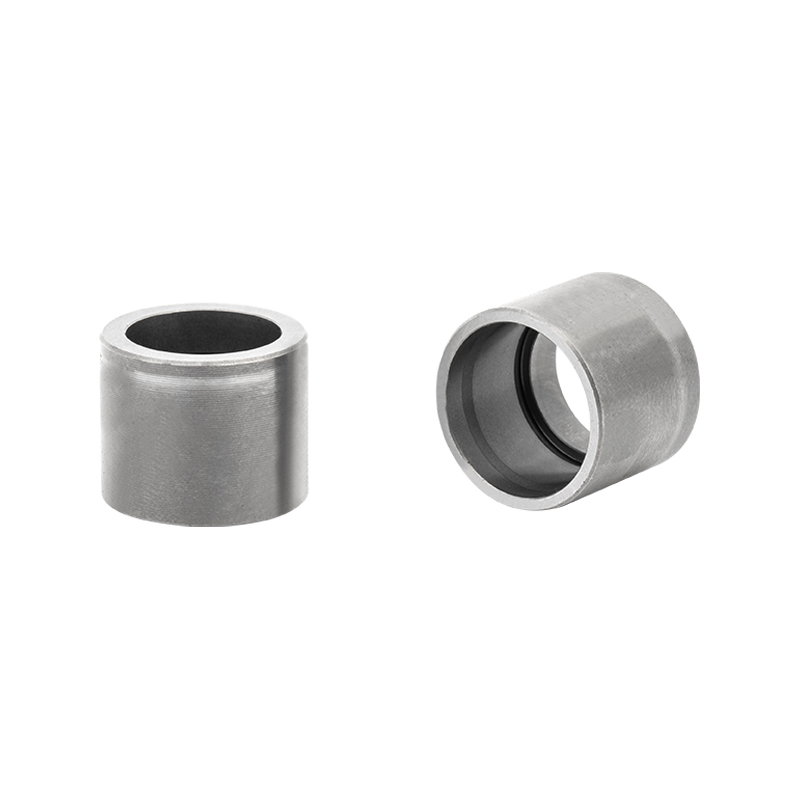
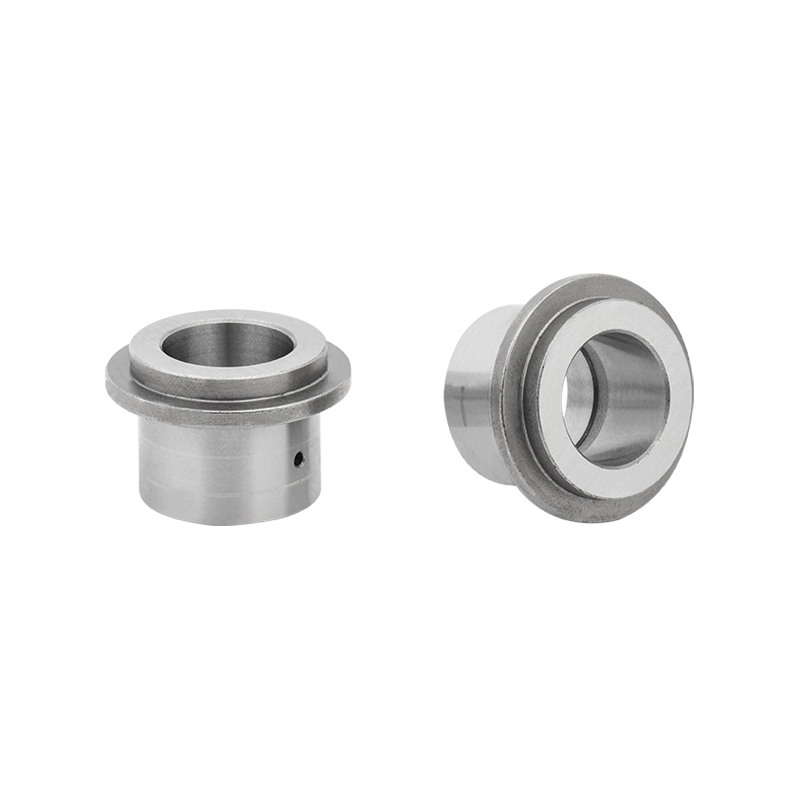

 Download Catalog
Download Catalog
